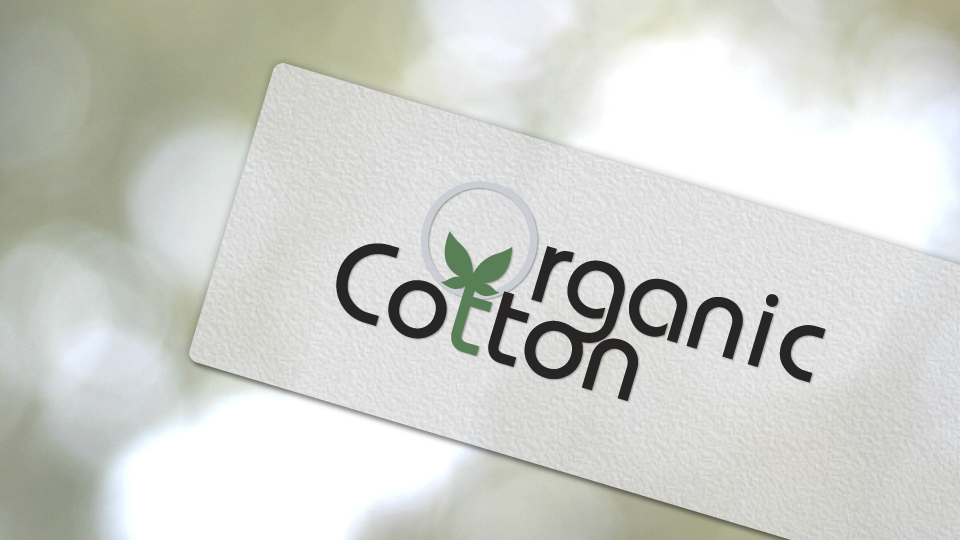It would not be a lie to admit that we buy products that are made from materials unknown to us, just because they seem to be functional and not dangerous. However, things are not simple like that. Most of the objects that surround us consist of composite materials or natural materials that have been through chemical processes. In most cases, no one can reassure us that our health is 100% unaffected by the use of all these products. However, todays huge market, in combination with the lack of free time, seem to make it impossible to keep a control in buying only purely healthy products. In addition to this, the market competitiveness has projected economical efficiency forward comparing to real quality.
However, if someone is willing to be informed and adopt a healthier way of consuming and extensively of living, it is possible. Internet is the virtual space where almost any kind of information is exposed. I would like to focus on two areas though: the products promotions is the one and the informative articles is the other.
On one hand, all kinds of products are presented online. Companies try to increase their products popularity with impressive virtual representations, nice descriptions and environments that are made to sell. Especially when it comes to cosmetics, clothing or equipment and in general all the highly consumed products that we use every day, we unconsciously neglect the part of product consistency check, showing blind trust to the producers. Our daily tasks and the tendency to appear easy-going and not weird could be some of the excuses for this. Personally speaking, this is a huge mistake, that should change at some point.
Apparently things are changing. On internet exists also very interesting information in relation to the manufacture processes. Did you know that clothes made by cotton are not as safe as we thought? I guess that we are all happy when we buy a piece of clothing that is made 100% by cotton, as mentioned on its label. However, what is not mentioned is that chemicals used for the manufacture and that still remain on the clothing when it reaches the consumer are carcinogenic. Moreover, the fertilizers used for the protection of growing cotton from insects make the whole process of cotton products manufacture really unhealthy and polluting for the environment. If we only have a look about what is eco-friendly and human-friendly and what is not, we can have some hints about how to make our living healthier. Organic cotton though is eco-friendly and its productions has started increasing during the last years. Instead, did you know how sustainable bamboo is, as it is a fast-growing grass that does not need any fertilisers or pesticides and can be harvested 2-3 times a year. It is applied in many cases, with babe clothing, linen and towels being a small part. Hemp is another material eco-friendly as cotton that is used in clothing. However, the cross-over with marijuana does not allow this material to be widely used.
These and many more examples about eco-friendly or not materials that exist in our close environment you can find if you visit the same links as I did. The message that I would like to pass is that we could give more time in building a lifestyle with consciousness and deep meaning, rather than going with the flow, not thinking or asking why? Our life quality can be better and will be better if people lay back for a bit and redefine what is good, what is not good and which guides are leading them, from the simple to the most important things!
Links
http://www.dupont.com/products-and-services/fabrics-fibers-nonwovens/fibers/brands/dupont-sorona/articles/how-dupont-sorona-is-made.html
http://www.omicsonline.org/natural-fibers-and-biopolymer-2157-7048.S6-001.php?aid=20606
http://www.onegreenplanet.org/lifestyle/5-eco-friendly-fabrics-to-have-and-to-hold/
http://www.academia.edu/5308105/A_study_on_Preference_of_the_Eco-friendly_Fabric-Organic_Cotton_and_Bamboo
